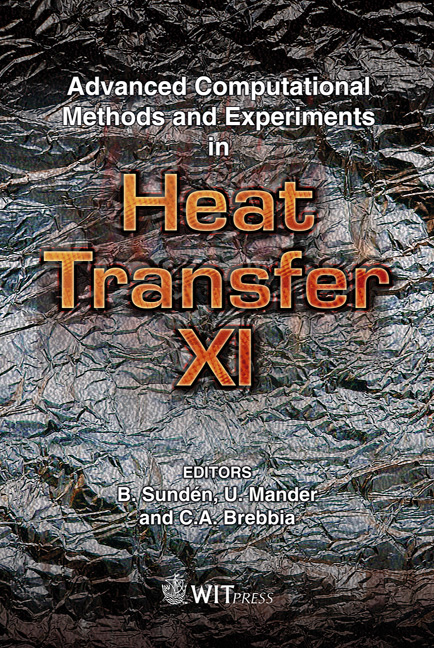Numerical Methods For Problems With Moving Interfaces And Irregular Geometries
Price
Free (open access)
Transaction
Volume
68
Pages
11
Page Range
63 - 73
Published
2010
Size
3,508 kb
Paper DOI
10.2495/HT100061
Copyright
WIT Press
Author(s)
Y. F. Yap & J. C. Chai
Abstract
In this article, we present a unified approach to identify an interface and model the associated interface conditions. Interface includes but is not limited to (1) fluid-fluid interface, (2) fluid-solid interface and (3) physical boundaries and/or internal interfaces. We identify an interface using the distance function. The continuum surface force model is used to model surface tension forces at fluidfluid interfaces. This model is then extended to model surface conditions at fluidsolid interfaces and physical boundaries. Capabilities of the current approach are demonstrated using a few test cases. Comparisons with available solutions show that the current approach produces accurate solutions. Keywords: multiphase flows, particular flows, numerical methods, irregular geometries, finite-volume method. 1 Introduction Interfaces are encountered in multiphase flow problems. Multiphase here includes but is not limited to problems with (1) fluid-fluid interface and (2) fluidsolid interface. Identification of these types of interfaces using the distance function has been reported by various researchers [1–7]. Once the interface is identified using the distance function, various procedures can be used to model the transport and/or evolution of the interface. The level-set method [1] has been used to model droplet evolutions [2] and stratified flows [3–5]. The continuum surface force model [8] was used to model the surface tension forces at the fluid-fluid interface. We extended the continuum
Keywords
multiphase flows, particular flows, numerical methods, irregular geometries, finite-volume method





